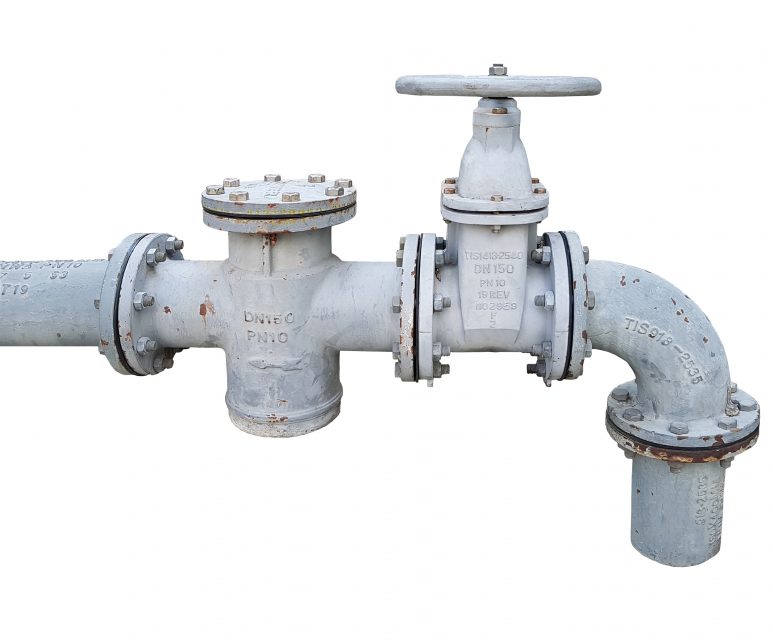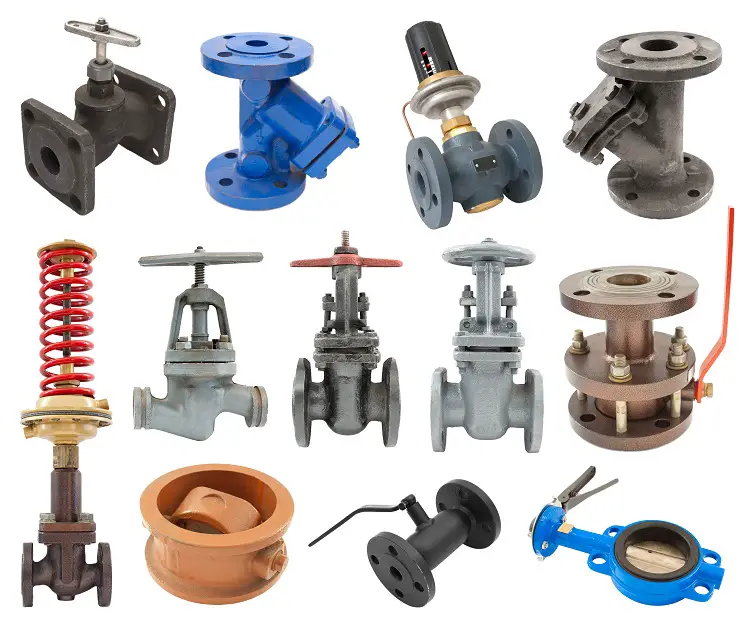Valves are categorized into different types, as per how their closure member moves. Rotary Motion and Linear Motion are the two kinds of control valves.
Rotary valves are those where the flow of gas or liquid through the attached pipes is controlled by the rotation of passage(s) in a transverse plug. Plug, Butterfly and Ball are the commonest rotary motion valves delivered by rotary valve suppliers.
Plug Valves
A plug of tapered or cylindrical shape with a flow port is a plug valve’s closure member. A plug valve, similar to a ball valve, lets direct flow in an open position. The flow is shut-off once the ball is rotated at a right angle. Plug Valves, similar to Ball Valves, are mostly found in flow shut-off applications. But these can be found in bigger sizes as compared to ball valves.
Plug Valves comprise of cover, plug and body. The plug can be cylindrical or tapered. The plugs bore, in an open position, joins the outlet and inlet ends of the valve and offers flow in a straight line.
While plug valve can be prone to galling, these have many advantages.
- Usually of small size
- Available in various materials
- Needless headroom
- Offer low-pressure drop
- Ensure fast opening
- Offer tight shut-off
Butterfly Valve
A butterfly valves closure member happens to be a circular vane or disc with a pivot axis at an angle of 90 ° to the direction of fluid flow in the pipe. A butterfly valve, similar to Ball Valves, offer direct flow in an open posture and shut the flow off while the ball is rotated at a right angle.
Butterfly valves supplied by rotary valve suppliers, due to low-pressure drop and quarter turn actuation, can be located often in flow shut-off application. The relative compactness is the primary benefit that makes a butterfly valve score above a ball valve. In the body of a pipe section, you can usually find rotary valves along with a disc that rotates at an angle of 90°.

Although there is a lack of tight shut-off, a Butterfly Valve offers many advantages:
- Low costs
- Low weight
- Low-pressure drop
- Large flow
- Good control
- Fast opening
- Compact form
- Simplicity
Ball Valve
This kind of valve, in an open position, lets direct flow of fluid occur. It shuts the flow off when rotated at a right angle. A ball valve’s closure member is in a ball-shape and has a port that allows flow of fluid. Ball valves offered by rotary valve suppliers, due to low-pressure and quarter turn actuation, can often be found in applications involving flow shut-off. Based on the ball’s specific flow port configuration, these can also be utilized in applications involving flow throttling.
This is an improvised form of plug valve, typically a ported sphere enclosed in housing. The seats are circular like the ball, and are generally composed of PTFE – having higher resilience, low coefficient of friction and a state of being inert to every known chemical.
This kind of valve, as rotary valve suppliers say, has many advantages:
- Low weight
- Small size
- Low torque
- Easy maintenance
- Quarter turn operation
- Low-pressure drop shut-off
The valve is used for shut-off, pressure and flow control, as well as for gases, normal liquid, slurries and corrosive fluids. Rotary valve suppliers say that it is ideal for high pressure and temperature.
These valves are used majorly for discharging or feeding powdery or granular materials from soil, hopper filters or cyclones. Many companies are offering high quality and market-oriented rotary valves you have to find the right supplier.

